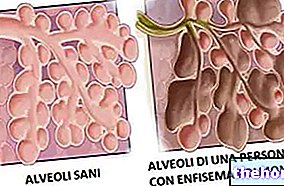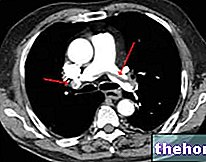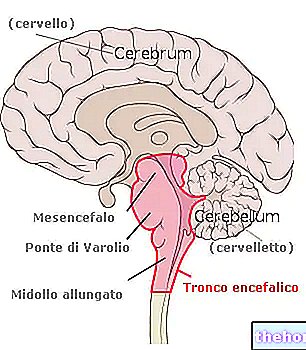
This condition can result from infections, allergic reactions, anatomical defects of the sinuses and pathologies of the teeth of the upper arch.
Maxillary sinusitis typically causes pain in the cheek region, nasal congestion, purulent rhinorrhea, toothache, and frontal headache. Sometimes, general malaise and fever are also associated.
The diagnosis of maxillary sinusitis is made on the basis of clinical evaluation, endoscopic examination of the middle meatus and computed tomography (CT) of the facial massif.
Decongestants, corticosteroid nasal sprays, and moist heat applications can help relieve symptoms. The treatment of bacterial maxillary sinusitis is based, on the other hand, on antibiotic therapy. Surgery is indicated in case of failure of medical therapy and serves to correct the pathological causes and improve sinus drainage.
, acute or chronic, affecting one or more paranasal sinuses (frontal, maxillary, ethmoid and sphenoid).



























